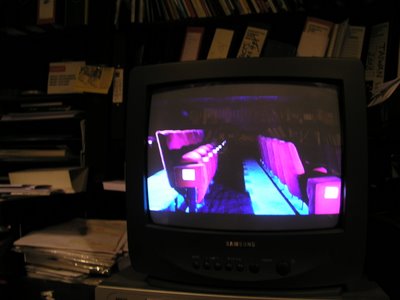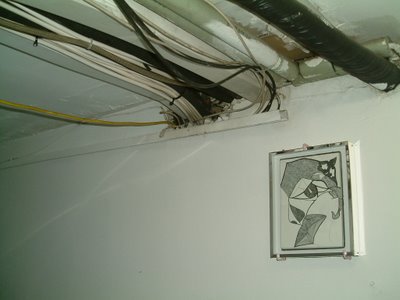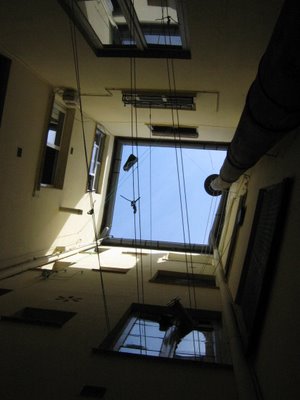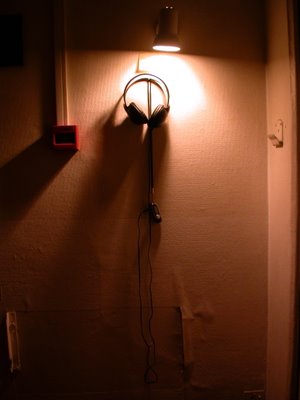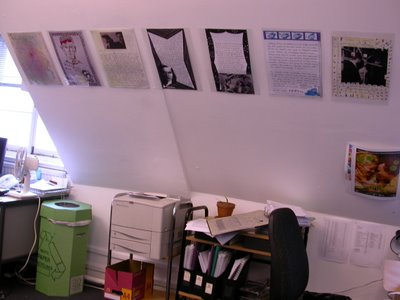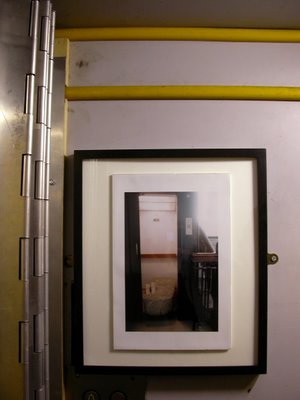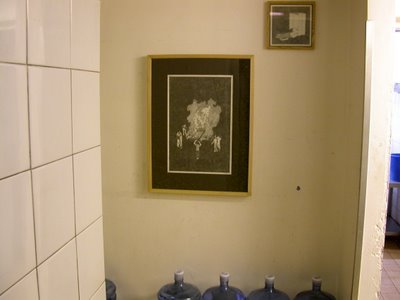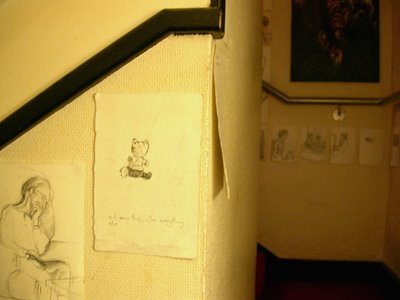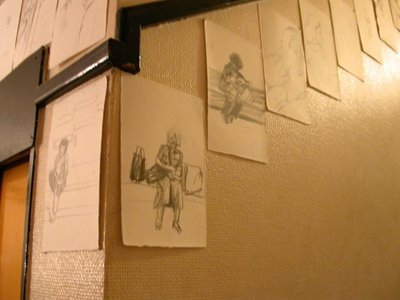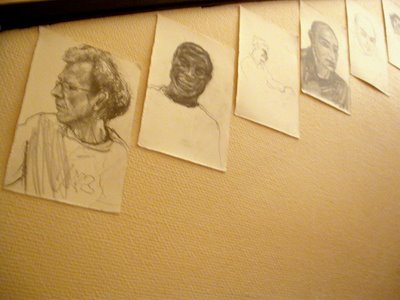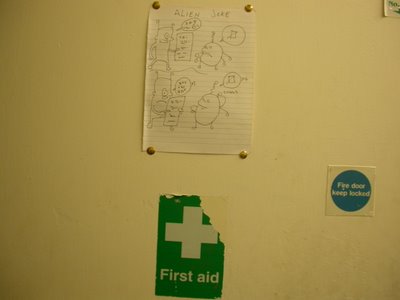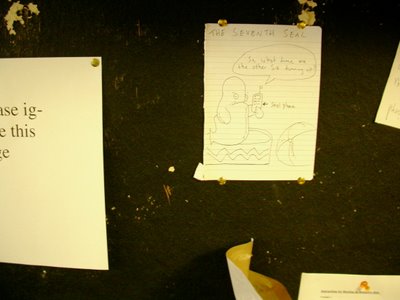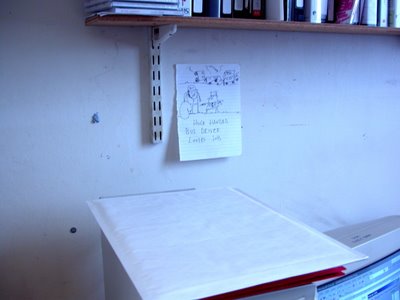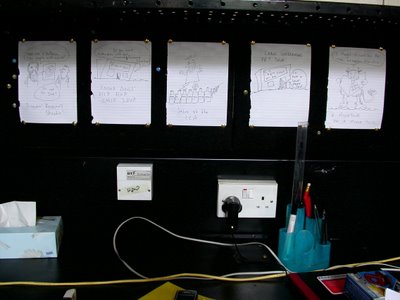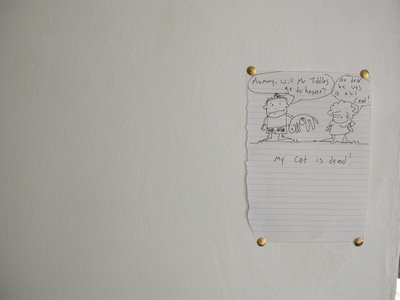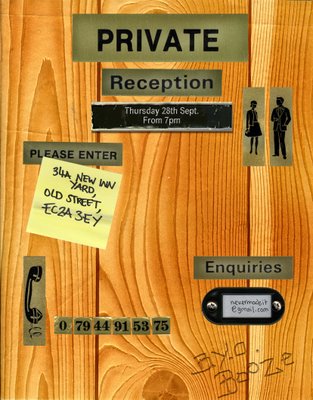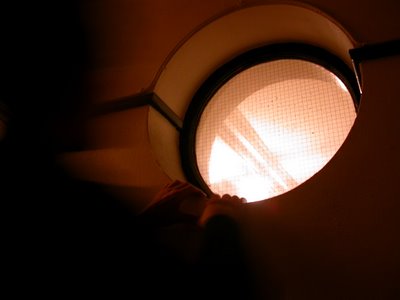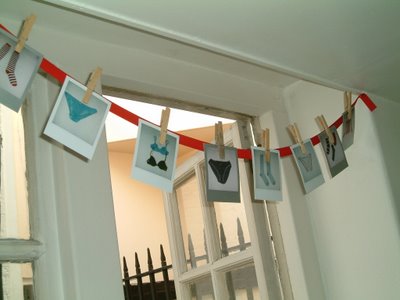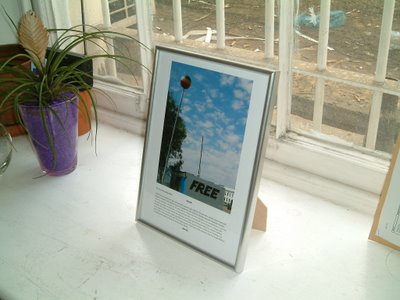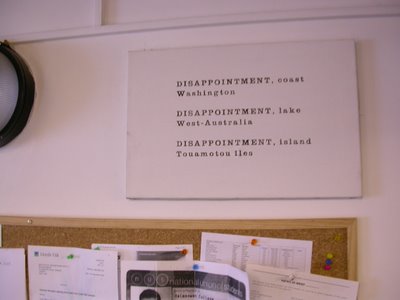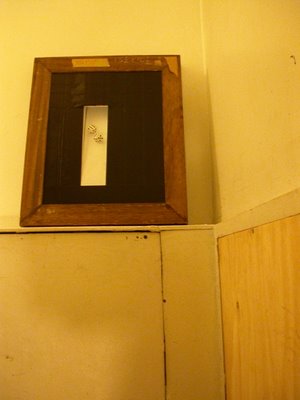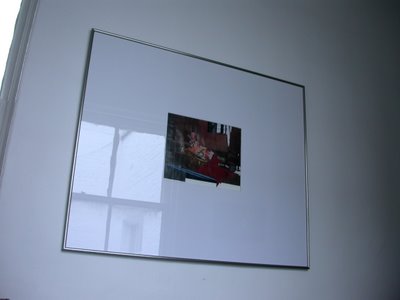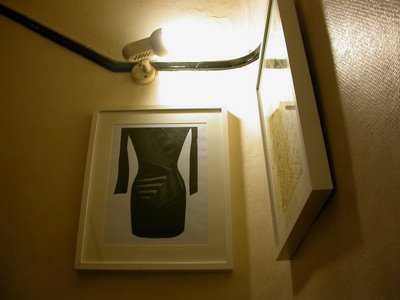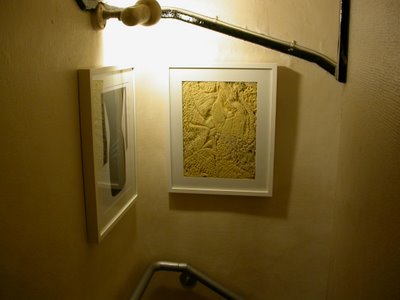 Artist: Jennifer ThatcherLocation: LiftComment:1917 Hakon Swenson founds Hakonbolaget, the origin of today’s ICA, in Västerås. At the core of the ICA concept lies the idea of getting individual retailers to join forces and form purchasing centers, allowing them to achieve the same economies of scale as the chains by making joint purchases, establishing stores and sharing their marketing costs.
Artist: Jennifer ThatcherLocation: LiftComment:1917 Hakon Swenson founds Hakonbolaget, the origin of today’s ICA, in Västerås. At the core of the ICA concept lies the idea of getting individual retailers to join forces and form purchasing centers, allowing them to achieve the same economies of scale as the chains by making joint purchases, establishing stores and sharing their marketing costs.1938
ICA AB is formed from the purchasing centers founded in the ’20s and ’30s as a result of Hakon Swenson’s idea. These purchasing centers were known as Hakonbolaget, Svenska Varor el. Speceristernas Varuinköp (1922), Eolbolaget (1938) and Nordsvenska Köpmannaaktiebolaget (1938).
1940
ICA Förbundet, the membership organization for ICA retailers, is formed. Originally, this organization had no ownership stake in ICA, but between 1972 and 2000, ICA Förbundet became the largest owner of ICA. The organization is still one of the Group’s principal owners.
1945
ICA Förlaget is founded. The original idea for ICA Förlaget was ICA-tidningen (ICA News), nowadays known as Praktiskt Butiksarbete (Practical Store Work), which was soon followed by a free 4-page paper known as ICA Kuriren. ICA Kuriren is now Sweden’s biggest weekly with 400,000 subscribers.
1964
The four purchasing centers within ICA AB agree on a joint ICA symbol – today’s ICA label. The ICA label is now one of Sweden’s best known and most popular brands.
1966
ICA’s sales figures overtake those of Konsum and the company becomes a market leader. The successes of the ICA retailers in the ’60s, ’70s and ’80s were due, among other things, to the fact that many new residential areas were built in which ICA was able to establish stores. At the same time, ICA also started distributing joint advertising fliers offering major discounts, and this helped attract more shoppers to ICA.
1972
ICA is organized into three regional companies known as ICA Hakon, ICA Eol and ICA Essve, whose origins lie in the companies that made up ICA from 1917 onwards.
1988
ICA buys the mail order company Ellos in order to expand the operations conducted alongside its principal activities, i.e. selling food. ICA had previously acquired Hjalmar Blomquist AB (which later became the DUKA stores), BOB-industrier in Kumla (fruit drinks and jam), Svea Choklad (Polly candy, among others) and the Lindex clothing chain, which later, in its turn, bought up Gulins. All these companies were sold during the ’90s when the operations decided once again to focus entirely on selling food.
1990
ICA restructures its corporate group, forming four principal companies and one joint parent company, ICA Handlarnas AB. ICA Kundkort (customer card) is also launched nationwide and is immediately a hugh success. Since 1995, all ICA card holders receive Buffé, Sweden’s largest monthly magazine, every month.
1992
ICA is reorganized into a single parent company with two main companies: ICA Partihandel (wholesale) and ICA Detaljhandel (retail), with a clear division of responsibilities for each function throughout Sweden.
1995
The two main companies, ICA Partihandel and ICA Detaljhandel, are incorporated into the parent company – ICA Handlarnas AB.
1998
ICA Handlarnas AB and Norway’s Hakon Gruppen AS merge into a single parent company – ICA AB. ICA Förbundet, which owns ICA Handlarnas AB, becomes the largest owner of the parent company alongside another important owner, Canica AS.
1999
Together with Hakon Gruppen in Norway, ICA Handlarnas AB signs a frame agreement with Statoil concerning a joint company to own and manage 1,500 gas stations in Sweden, Norway and Denmark. At the end of the year, the business model for a partnership with the Netherlands-based food retail group Royal Ahold is presented.
2000
The ICA Group undergoes the most extensive change yet to its ownership structure when the agreement with Royal Ahold comes into force. At the end of 2000, 30 percent of the parent company, ICA Ahold AB, is owned by ICA Förbundet Invest, 20 percent by Norway’s Canica AS, and 50 percent by Royal Ahold.
2001
The ICA Bank is registered in July.
2002
The first Etos-stores open in Stockholm. Netto-stores are established in the south of Sweden in cooperation with Dansk Supermarked.
2004
Canica decides to sell its 20% share of ICA AB. Royal Ahold and ICA Förbundet Invest take over and hereafter own 60 and 40% respectively of ICA AB.
ICA Baltic agrees with Finnish Kesko on a joint venture in the Baltics - RIMI Baltic AB.
Contact: jennifert@ica.org.uk







